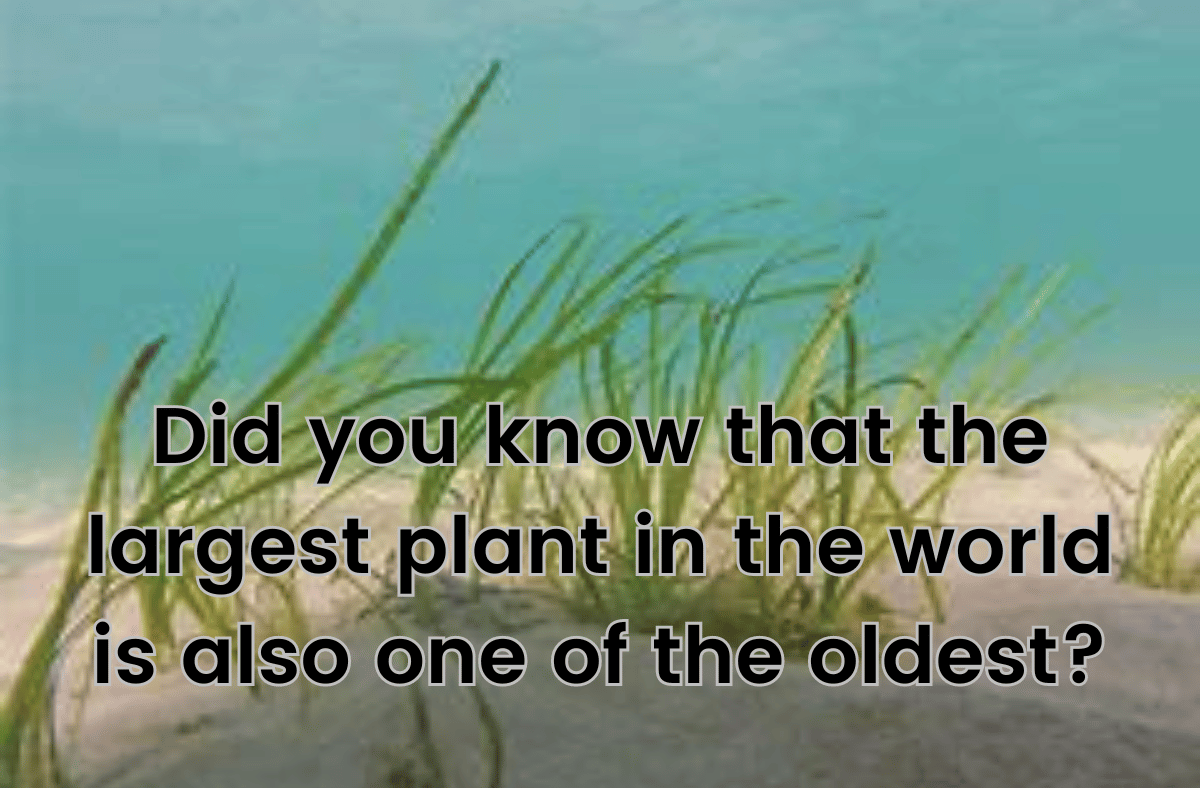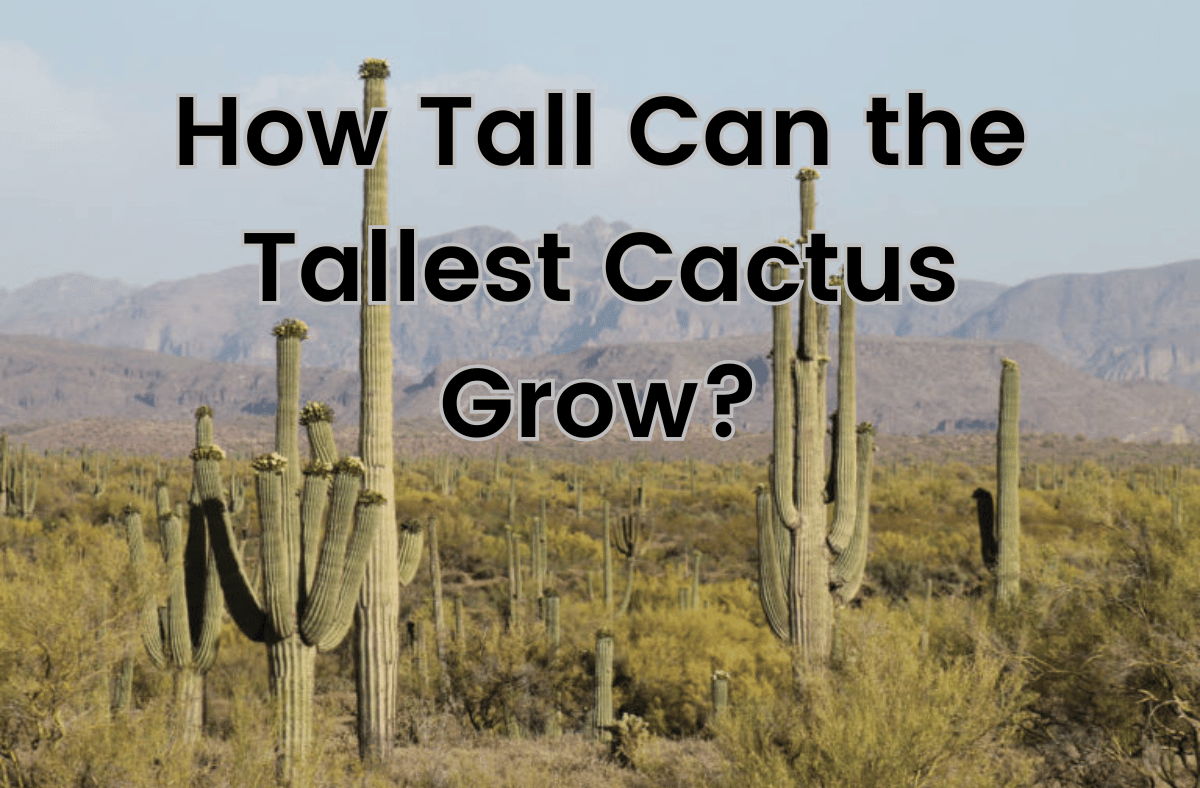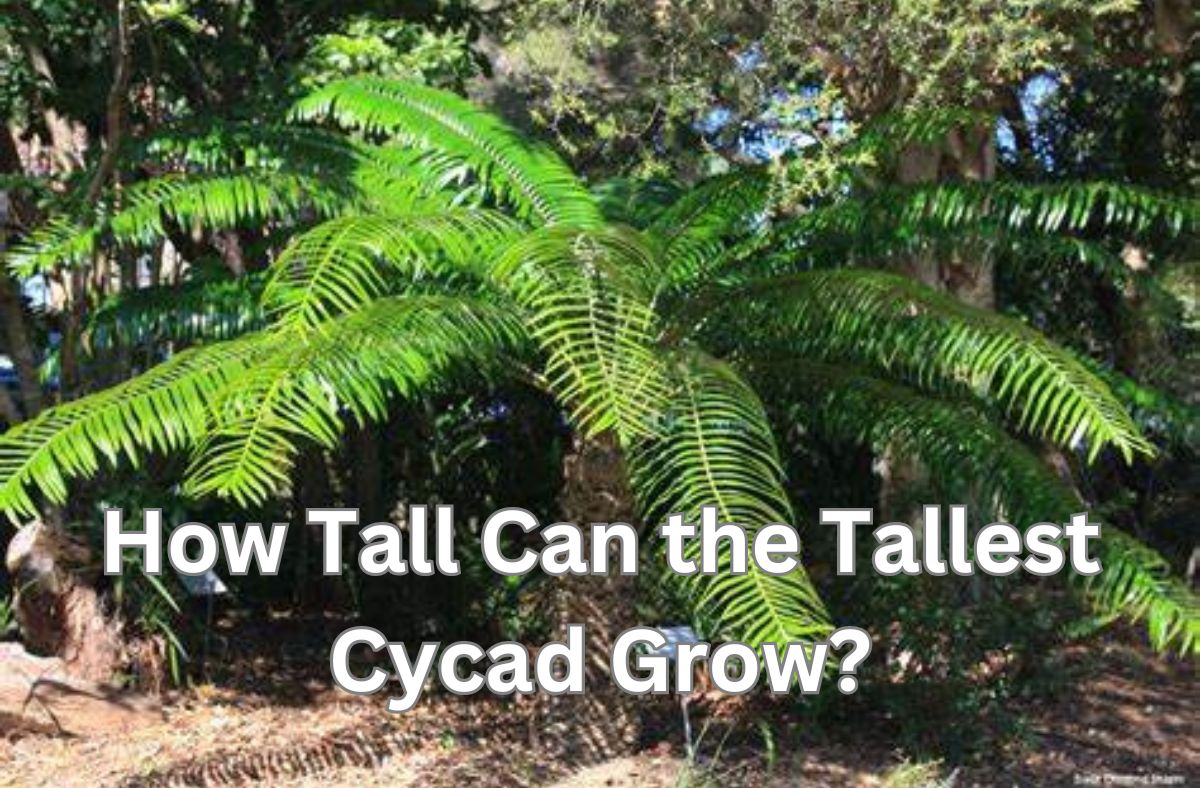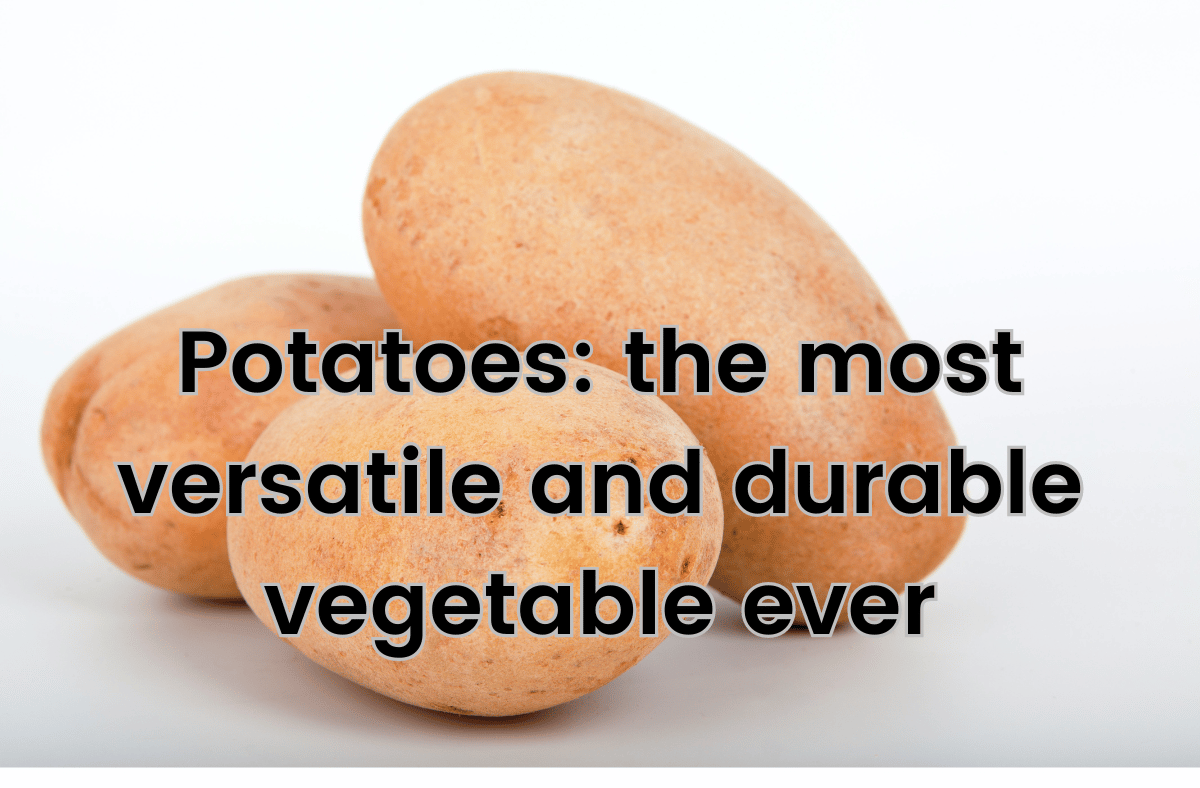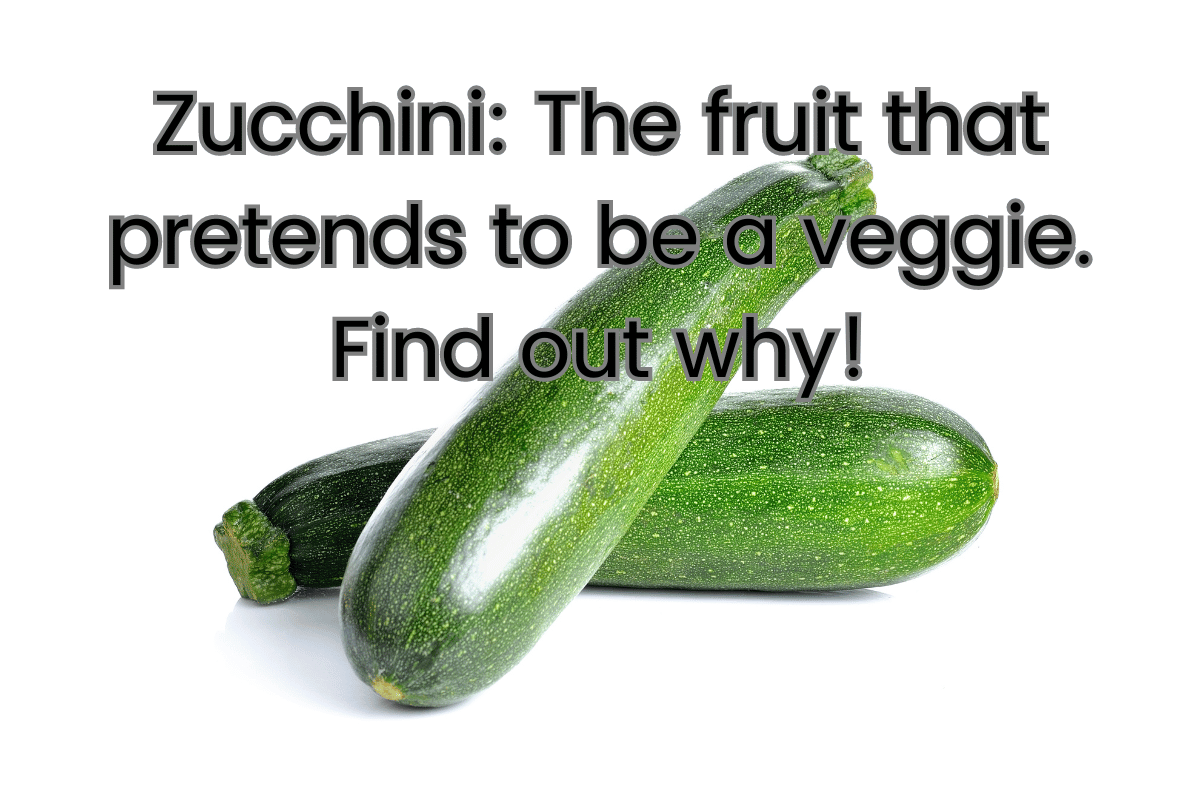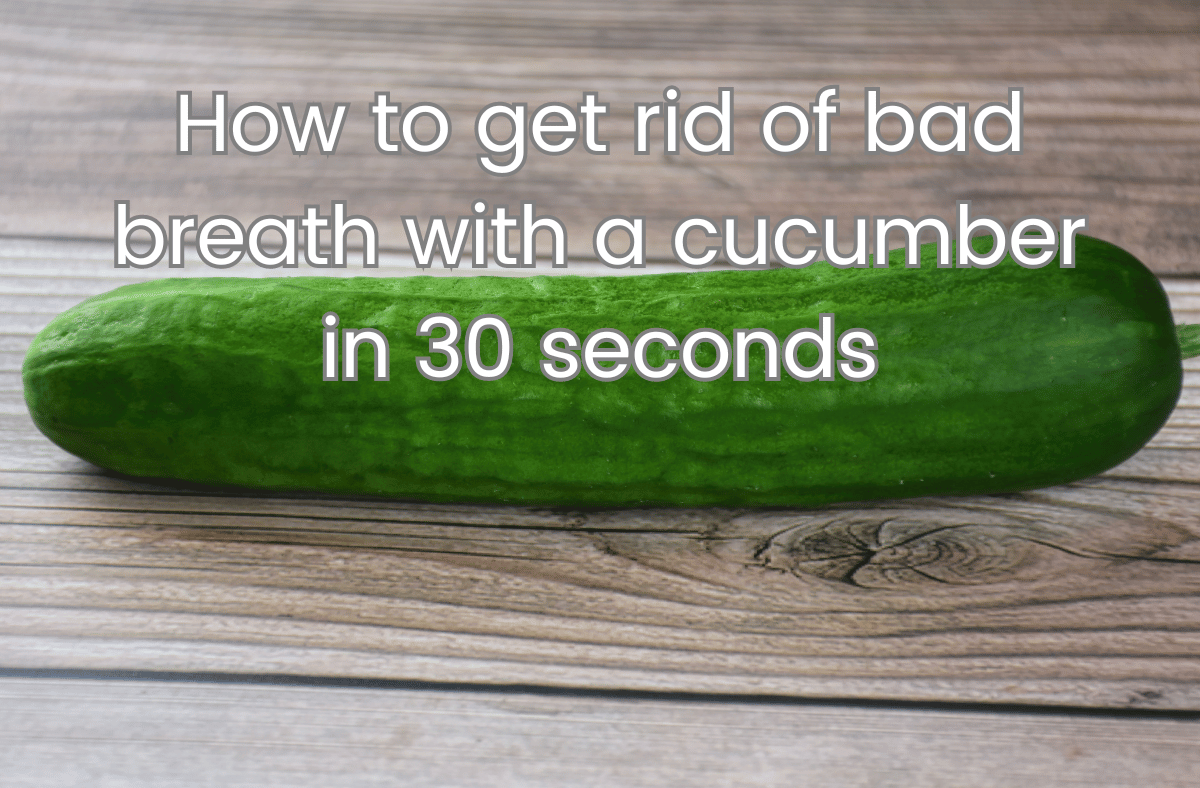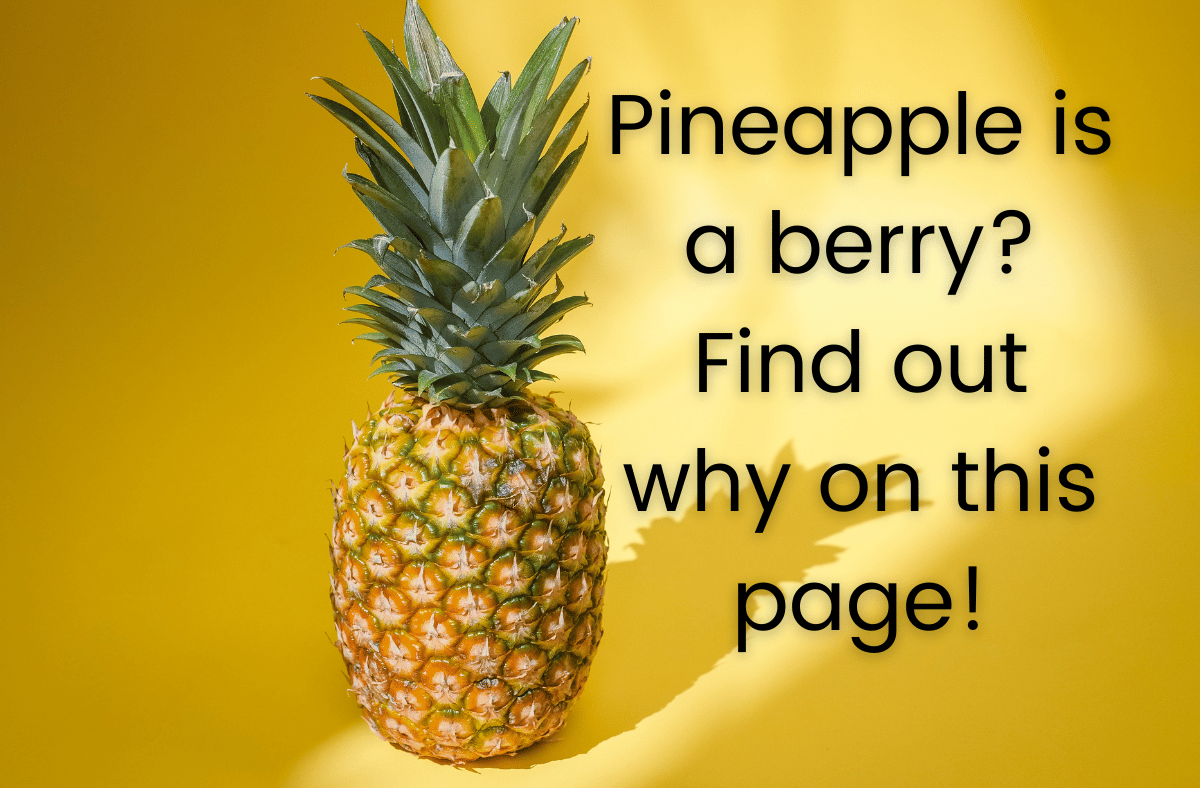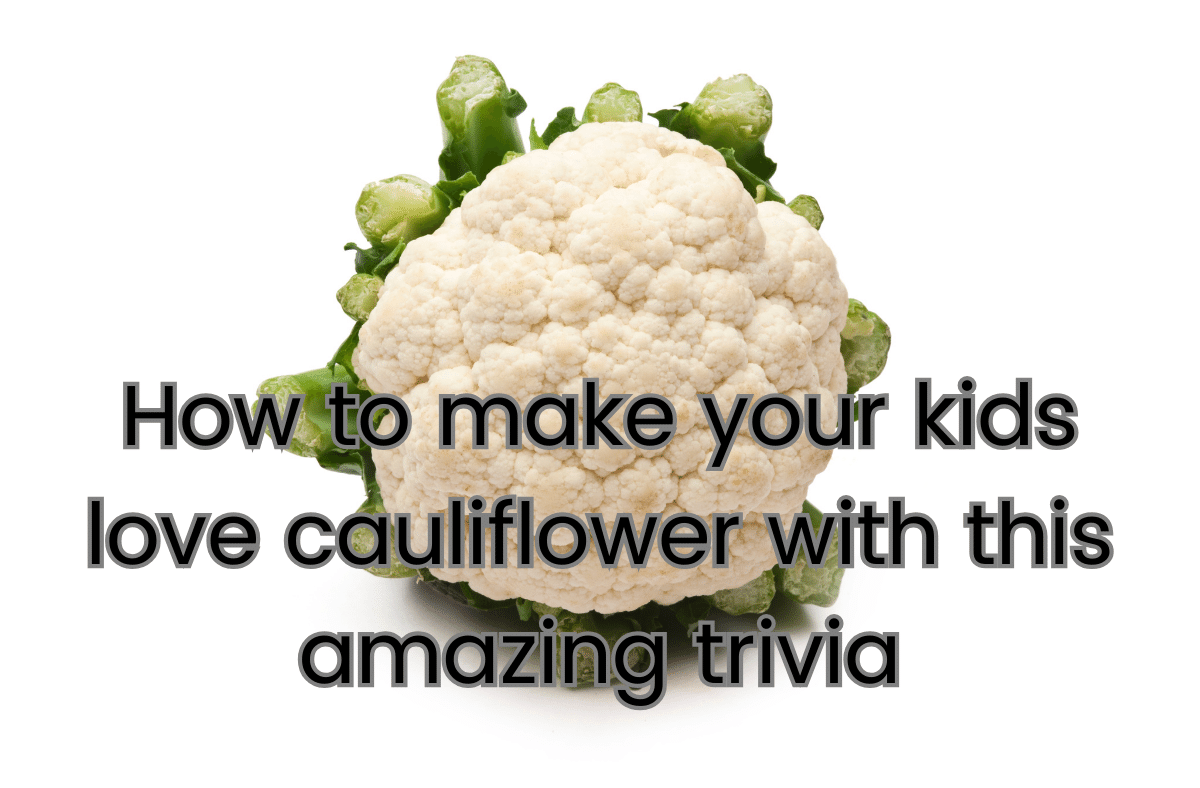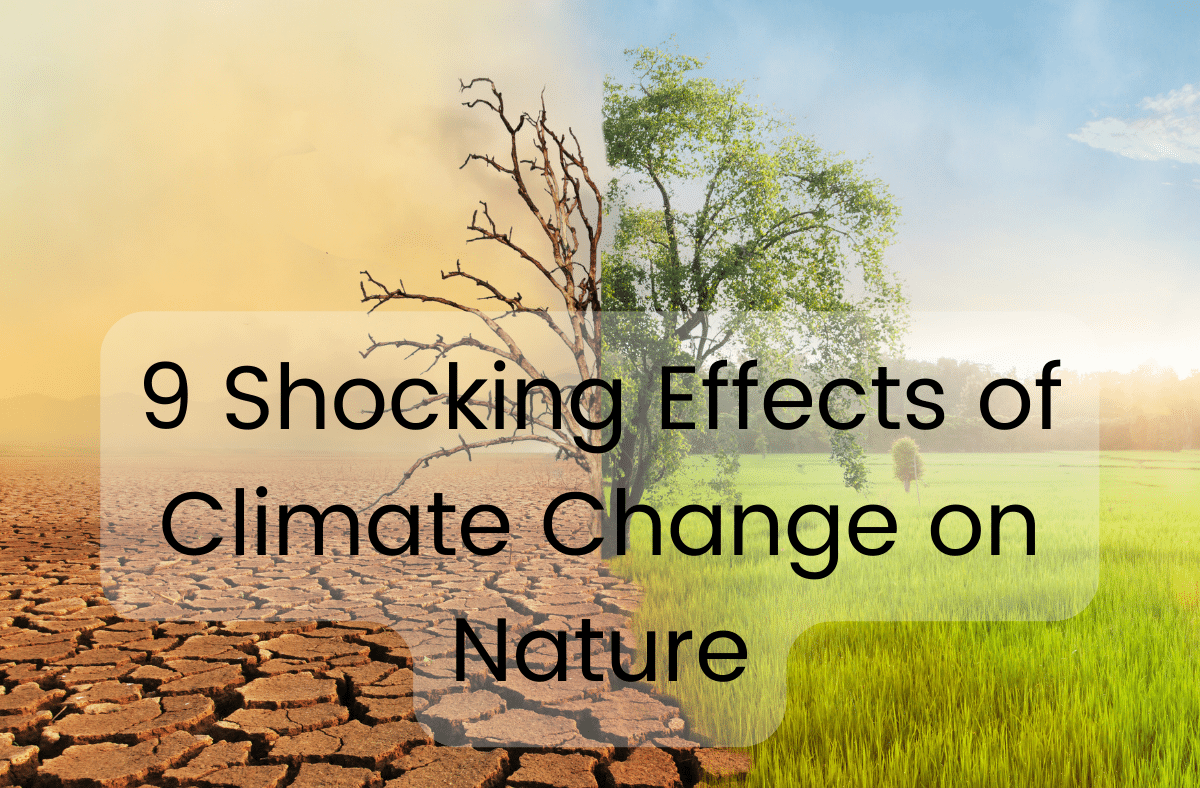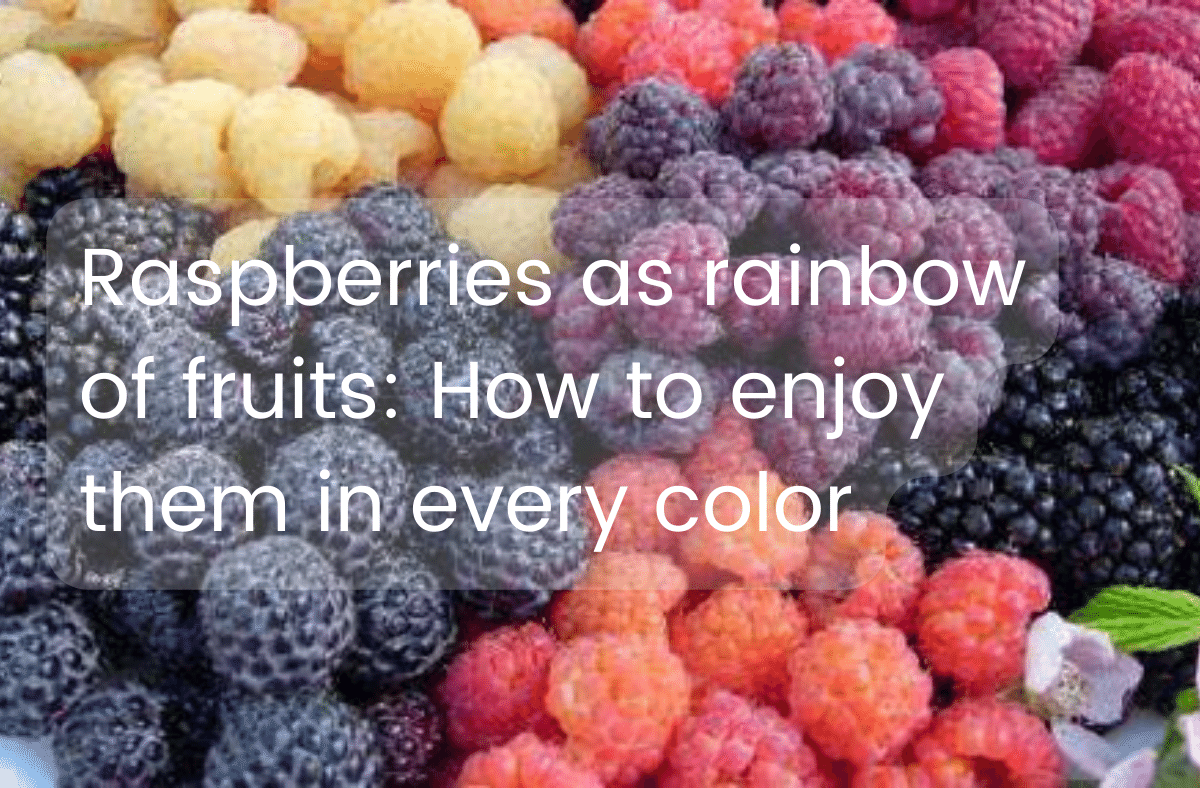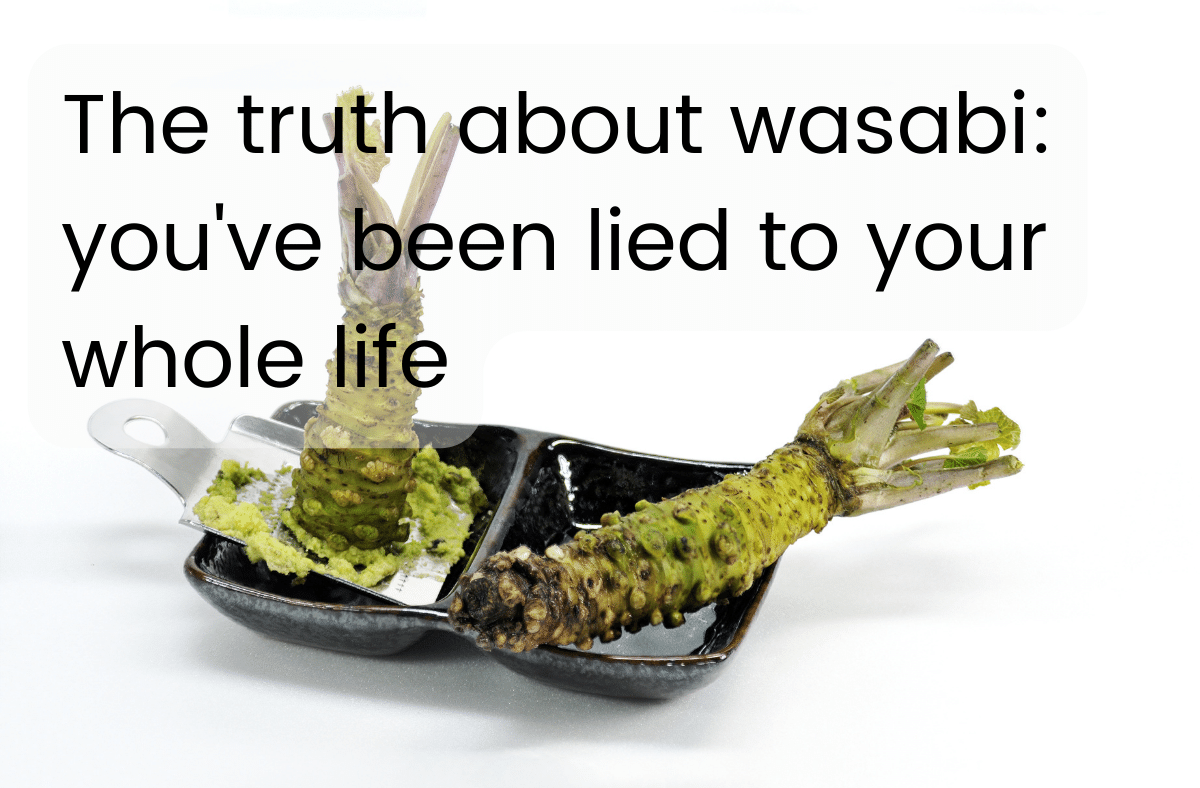For those in a hurry
- The largest plant in the world is a seagrass called Poseidon’s ribbon weed (Posidonia australis) that covers about 77 square miles (49280 acres) off the coast of Australia.
- It is also one of the oldest plants, estimated to be at least 4,500 years old.
- It grew from a single seed that was a hybrid of two seagrass species.
- It has double the number of chromosomes of other seagrasses (40 instead of 20).
- It can sequester carbon 35 times more efficiently than rainforests.
- It is important for environmental conservation as it provides habitat and food for many marine animals.
The Largest Plant in the World Is a Seagrass
When you think of the largest plant in the world, you might imagine a giant redwood tree or a baobab tree. But the actual record holder is not a tree, but a seagrass that lives underwater. This seagrass is called Poseidon’s ribbon weed (Posidonia australis) and it covers an area of about 77 square miles (49280 acres) off the coast of Western Australia. That’s equivalent to more than 37,000 football fields!
This seagrass is not only the largest plant, but also one of the oldest. Scientists estimate that it is at least 4,500 years old, based on genetic testing and carbon dating. That means it started growing around the time when the pyramids of Egypt were built!
How Did This Seagrass Become So Large and Old?
The secret behind this seagrass’s size and age is its ability to clone itself. This seagrass grew from a single seed that was a product of two different seagrass species. This made it a hybrid with double the number of chromosomes of other seagrasses (40 instead of 20). This also made it sterile, meaning it cannot produce seeds or flowers.
But this seagrass can still reproduce by spreading its underground stems, called rhizomes, across the sea floor. These rhizomes can grow up to 35 cm (14 inches) per year and produce new shoots and leaves. This way, the seagrass can expand its territory and form large meadows that are all connected and share the same DNA.
Why Is This Seagrass Important for the Environment?
This seagrass is not only impressive for its size and age, but also for its role in the environment. This seagrass can sequester carbon 35 times more efficiently than rainforests, meaning it can store carbon dioxide from the atmosphere and reduce greenhouse gas emissions. This helps to mitigate climate change and ocean acidification.
This seagrass is also important for biodiversity, as it provides habitat and food for many marine animals, such as fish, turtles, dugongs, dolphins, sharks, crabs, and seahorses. Some of these animals are endangered or threatened by human activities, such as fishing, pollution, and tourism. The seagrass also helps to stabilize the sea floor, prevent erosion, filter water, and produce oxygen.
The Largest Plant: How Can We Protect This Seagrass?
Unfortunately, this seagrass is not immune to threats. In 2010 and 2011, a heatwave hit Western Australia and damaged some of the seagrass meadows. The seagrass has shown some signs of recovery, but it may take decades or centuries to fully restore its original size.
To protect this seagrass and its benefits for the environment and wildlife, we need to take action to reduce global warming and human impacts on the ocean. We can do this by using renewable energy sources, reducing our carbon footprint, avoiding plastic pollution, supporting marine conservation efforts, and raising awareness about this amazing plant.

